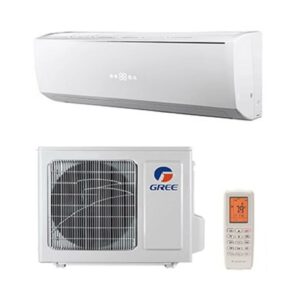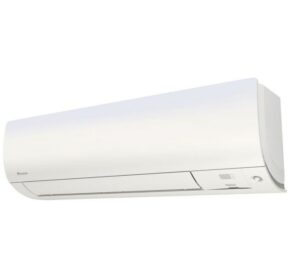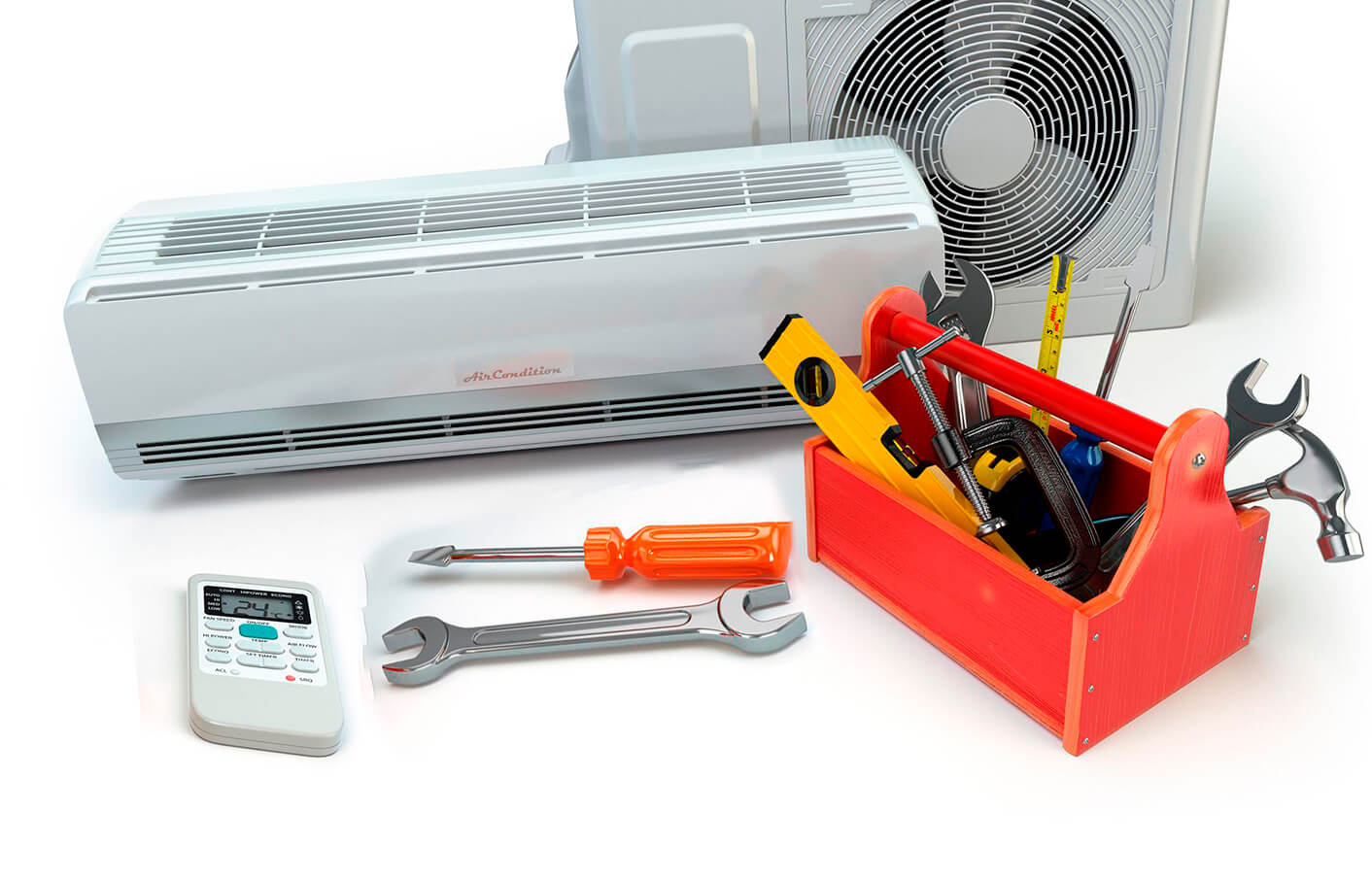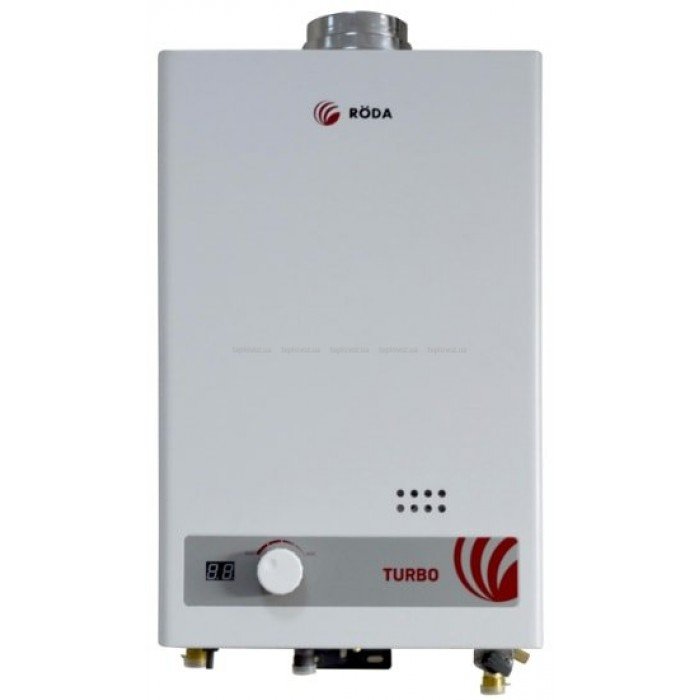How does air conditioning work in an apartment? Operating principle and main features

prom.ua
Are you wondering how air conditioning works? You've come to the right place. Further in the article: the principle of operation of an air conditioner using the example of a split system, the main components of an air conditioner, the difference between “warm” air conditioners and conventional ones, the main reason for the breakdown of air conditioners.
The concept of operation of cooling devices is based on the ability of liquids to absorb and release heat. In this case - freon. When it evaporates, it absorbs heat from the air, and when it condenses, it releases it.
Main components of a classic air conditioner/split system:
- Compressor. The main task is to compress and maintain freon pressure in the refrigeration circuit.
- Capacitor. In it, freon passes from a gaseous state to a liquid state (condensation). Located in the outdoor unit.
- Evaporator. The opposite of a condenser - in it, freon passes from a liquid to a gaseous state. Located in the main block.
- Thermostatic valve. The main function is to reduce the refrigerant pressure.
- Fans. Needed for intensive heat exchange. They blow air from the room onto the condenser and evaporator to heat/cool it.
These were the main elements of the refrigeration circuit. They are connected to each other by heat-resistant copper tubes, through which freon and compressor oil flow.
So, how does the air cooling process occur in an air conditioner?
The cycle begins in the compressor: freon is supplied to it in a gaseous state, its temperature does not exceed 10-20 degrees, and the pressure is five atmospheres; then the compressor compresses it, heating it to 90 degrees and increasing the pressure to +-20 atmospheres, after which it is fed further into the condenser.
In it, the refrigerant is blown by a fan with colder air, due to which the freon cools down and turns into a liquid state. The air then absorbs the heat from the refrigerant. The temperature of the latter decreases. It, depending on the selected settings and operating mode, is 10-20 degrees Celsius lower than the room air temperature.
The next stage is the thermostatic expansion valve (TEV). It is needed to lower the refrigerant pressure. It is a copper tube twisted into a spiral. As a result, the pressure drops to the initial five atmospheres, while the temperature of the freon further decreases, and part of it evaporates.

bigl.ua
The cooled freon is supplied to the evaporator, where a fan blows room air onto it. The air transfers heat to the liquid and cools itself to the selected temperature. Freon turns into a gaseous state and is again supplied to the compressor. Everything starts all over again.
This is the general operating principle. It may vary depending on the manufacturer and model.
About air conditioners with air heating function. “Warm” air conditioners differ from standard ones by a four-way valve. They have a similar principle of operation, only they additionally have this valve. Thanks to it, you can change the direction of movement of the refrigerant. Thus, the stages are reversed, and the fan in the evaporator will blow hot freon.
The most common reason for the breakdown of air conditioners/split systems is that freon does not have time to switch to another state. It would seem that there’s nothing wrong with it – it’s not the gas, but the liquid that will be blown with air.What's the big deal? However, the liquid is not compressible. If it gets into the compressor, which is supposed to compress the gas, a water hammer will occur, copper tubes may burst and the compressor will break.
There are two main reasons why the refrigerant may not have time to go into gaseous form:
- The filters are dirty (due to poor airflow, the refrigerant does not heat up well).
- The outside air temperature is too low (freon cools too much).





